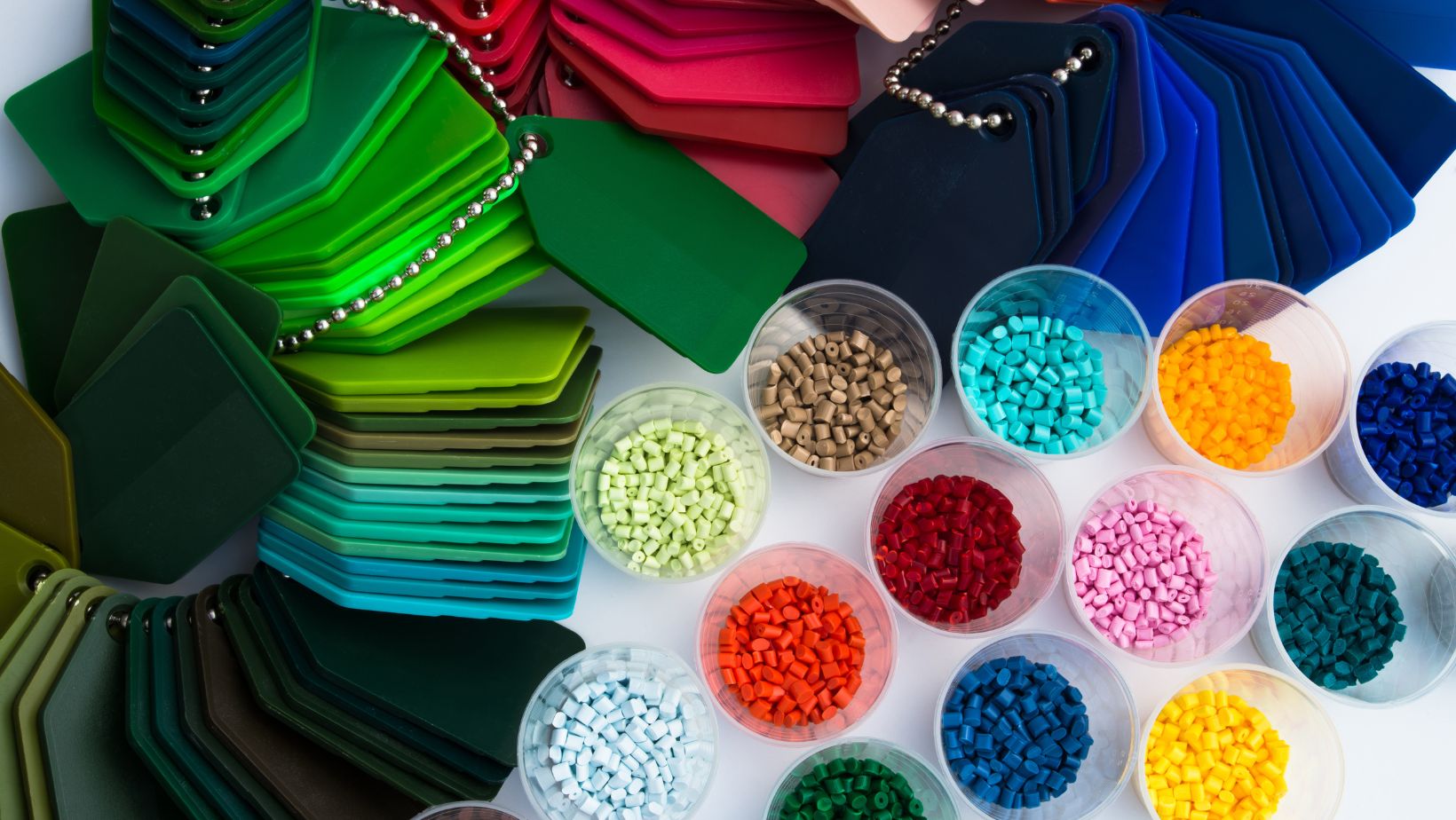Choosing the right plastic material for a particular project can be a daunting task, given the vast number of options available. Whether you’re creating a prototype, manufacturing a product, or crafting a DIY project, the material’s selection is pivotal. The right choice can be the difference between a successful project and one that fails.
Here’s a guide to ensure you make an informed decision.
Understand the Basics
Thermoplastics vs Thermosetting Plastics:
● Thermoplastics: These can be melted and reshaped multiple times without significant degradation. Examples include polyethylene (PE), polyvinyl chloride (PVC), and polystyrene (PS).
● Thermosetting Plastics: Once set, these plastics can’t be remelted or reshaped. Examples are urea-formaldehyde (UF) and phenol-formaldehyde (PF).
Assess Your Needs
Before diving into the selection process, it’s essential to understand your project’s specific requirements.
● Strength: Consider the tensile, compressive, and flexural strength your project needs. Some plastics, like polycarbonate, are incredibly durable, making them ideal for heavy-duty applications.

● Temperature Resistance: Depending on your project’s environment, temperature resistance can be a crucial factor. PTFE (Teflon), for instance, withstands high temperatures, making it suitable for industrial applications.
● Chemical Resistance: If the plastic will be exposed to chemicals, ensure you choose a material resistant to those specific chemicals. Polypropylene (PP) is known for its resistance to a wide range of chemicals.
● Flexibility or Rigidity: While some projects may require a highly flexible material, others might necessitate rigidity. Evaluate your project’s demands and select accordingly.
Consider Aesthetics and Finish
The look and feel of the plastic can be just as important as its functional properties, especially for consumer-facing products.
● Transparency: If you need clear plastic, options like acrylics or certain grades of polycarbonate may be suitable. On the other hand, if opacity is a requirement, materials like HDPE or ABS might be more appropriate.
● Colour: Some plastics can be easily colored, while others might need special treatments. Ensure that your chosen material can be tinted to your desired hue if necessary.
● Surface Finish: Depending on the application, you might want a glossy, matte, or textured finish. Ensure the material you choose can achieve the desired surface appearance.
Environmental Considerations
The environmental impact of plastics has become a significant concern in recent years. When selecting a material, it’s essential to consider:
● Recyclability: Opt for plastics that can be recycled, reducing environmental harm. PET (used in beverage bottles) is a widely recycled plastic.
● Biodegradability: Some plastics, like PLA (polylactic acid), are biodegradable. This can be a selling point if environmental concerns are paramount for your project.

● Longevity and Durability: A durable plastic might last longer, reducing the need for replacements and thereby minimizing waste.
Research Suppliers
A plastic’s quality can vary depending on the supplier. It’s advisable to research and choose a reliable supplier for your materials. Simply Plastics is one such example, known for providing quality plastic materials. Comparing analysis, checking certifications, and even requesting samples can be effective ways to vet suppliers.
Seek Expert Advice
If you’re still unsure about the right plastic for your project, consider consulting with an expert. A materials engineer or a seasoned plastic manufacturer can provide insights based on their experience and expertise. They can recommend specific grades or blends that might be best suited to your requirements.
Conclusion
Selecting the right plastic material can make all the difference in your project’s success. By understanding the basics, assessing your specific needs, considering aesthetics, taking into account environmental implications, researching suppliers, and seeking expert advice, you can confidently choose a material that aligns perfectly with your project’s goals.
Remember, an informed decision now can save time, money, and potential complications down the line.






